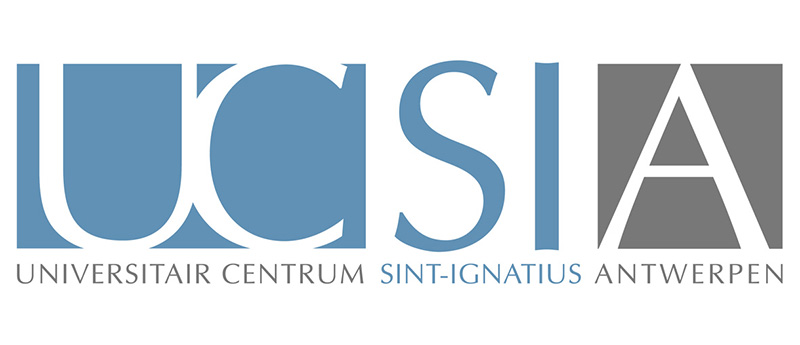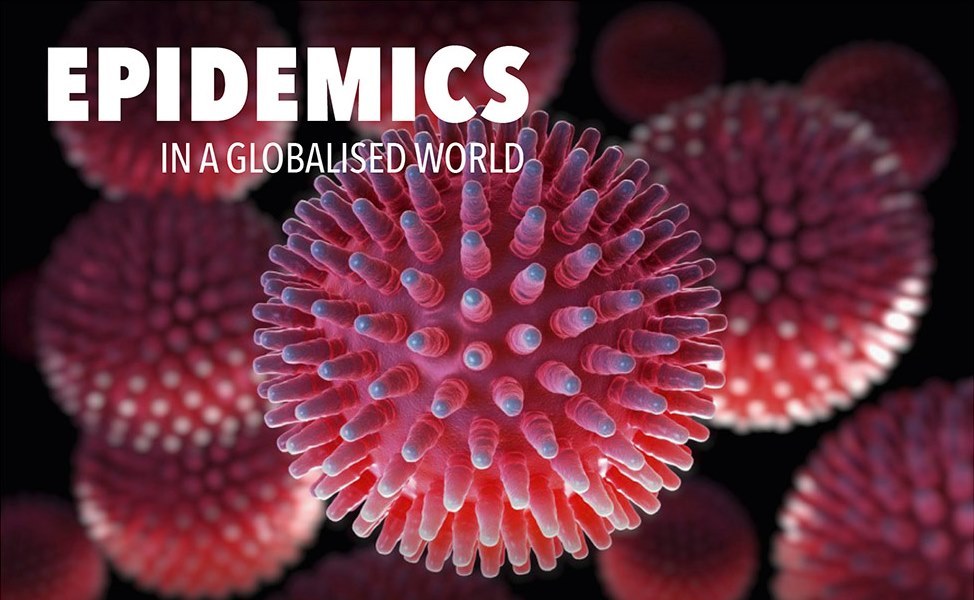
The World Health Crisis – Lessons Learnt
Revisited
UCSIA workshop
Epidemics in a Globalised World – Multidisciplinary Perspectives
University of Antwerp, 22-24 March 2017
In historic times of covid 19, an academic analysis of the way to combat epidemics and ensure basic health, leads us to revisit the conclusions of a workshop ucsia organised three years ago. The content is remarkably topical for the times we are living today.
The guiding questions are more relevant than ever:
- What is the life cycle of an epidemic? How and why does it erupt?
- How do policy makers and media react?
- What effect does this have on the public and aid assistance?
- How may panic be avoided and intervention made more efficient?
- What lessons have we learnt from recent epidemics?
- What strategies do these call for? What code of conduct is required?
If you are looking for more background information, read the summary of the interventions of the key note speakers hereafter, consult the power points and listen to the audio tapes.
Corona study
University of Antwerp
The university is researching how you are coping with the coronavirus. The scientists need your help!
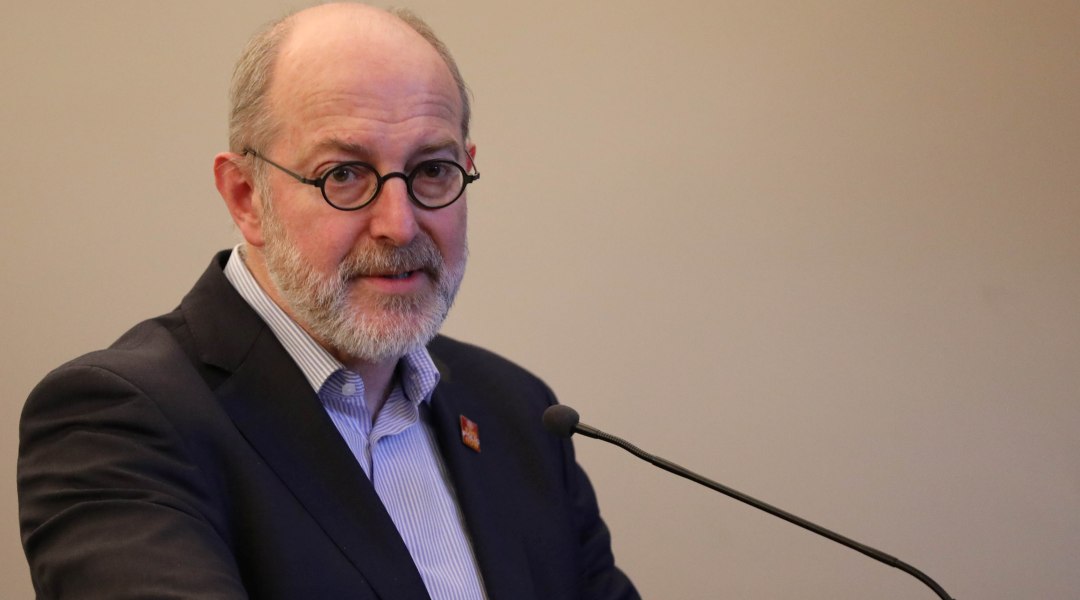
Introduction
Infectious Diseases:
Approaches to Prediction and the Control of Pandemics
Human infections are for 60 to 70% zoonotic in origin (acquired from wild life and livestock). HIV was passed on from wildlife and malaria from the gorilla. For early detection, identifying the density of livestock is key (e.g. the Netherlands, -not China- has the most dense chicken population).
Recent epidemic events over the past 5 years include the measles epidemic in 2013 in the UK (due to objection against vaccination following the publication of an article in The Lancet warning for autism as a side effect), the Ebola epidemic in Africa in 2013-2015 (28,000 infected of whom 40% died, mainly in 3 countries, Guinea, Liberia and Sierra Leone) and Zika in 2016 in Latin America.
Epidemic spread is influenced by world population growth (from 2.5 billion people in 1950 to 9 billion in 2050), increasing interconnectedness through travel (cf. travel patterns of 4 successive generations multiplied by a factor of 10), megacity development (cf. from 0 in Africa, 2 in Europe, North America and Asia and 3 in Latin-America in 1970 to 2 in Europe and North America, 3 in Africa, 5 in Latin-America and 19 in Asia in 2015).
Whereas an influenza pandemic is realistic (it is a fast moving infection; as soon as you are infected you pass it on), Ebola will never become a pandemic threat because it is a slow moving infection that takes 8 to 10 days to incubate and 10 to 12 days to generate (a 21 day quarantine should block its proliferation). New pathogens are likely to occur more frequently in the future, with influenza A forming the greatest threat (it only takes 18 months for an influenza pandemic to infect the globe).
To forestall an emerging epidemic, you should monitor unusual clusters of mortality (most countries lack documentation on past epidemics, France being an exception), identify the aetiological agent, the route of transmission (by air and/or touch) and the available care facilities.
As many available data as possible should be captured (chats on internet may convey indicators) and the public should be kept informed. It takes on average about a month to gather the key data.
From a policy perspective the aim is to minimize mortality, to buy as much time as possible to allow for the development of a vaccine, to minimize peak prevalence to avoid collapse of the health care system, to limit the duration of the epidemic and its impact on the economy.
It takes 8 years to develop a vaccine from discovery to delivery. We have vaccines for low hanging fruit, for the more homogenous infections such as measles (in terms of complexity, dengue is more heterogenous and malaria and HIV even more). There is a wide genetic variation in human pathogens and a continuing hybridization between animal and human pathogens (e.g. schistosoma research on parasitic flatworms at the universities of Ghent and Brussel, funded by the Gates Foundation).
Global vaccine production (mainly produced in the US and Europe with Indian and Chinese production taking up) only covers a fifth to a quarter of world needs. In order to encourage the development of the vaccine industry, a balanced pricing model (with cheaper rates for developing countries) should be put in place (for pharmaceutical companies from rich countries to turn over stock to poor countries commercial feasibility is key). The problem is the financing and logistical models for manufacturing and distribution.
The new Coalition for Epidemic Preparedness Innovations CEPI (of which Peter Piot is vice-President), supported by the Norwegian Ministry of Foreign Affairs, the Gates Foundation, the Wellcome Trust, and the World Economic Forum), addresses this problem by aiming for an end-to-end approach from vaccine development to application, on essential gaps in product development due to market failure.
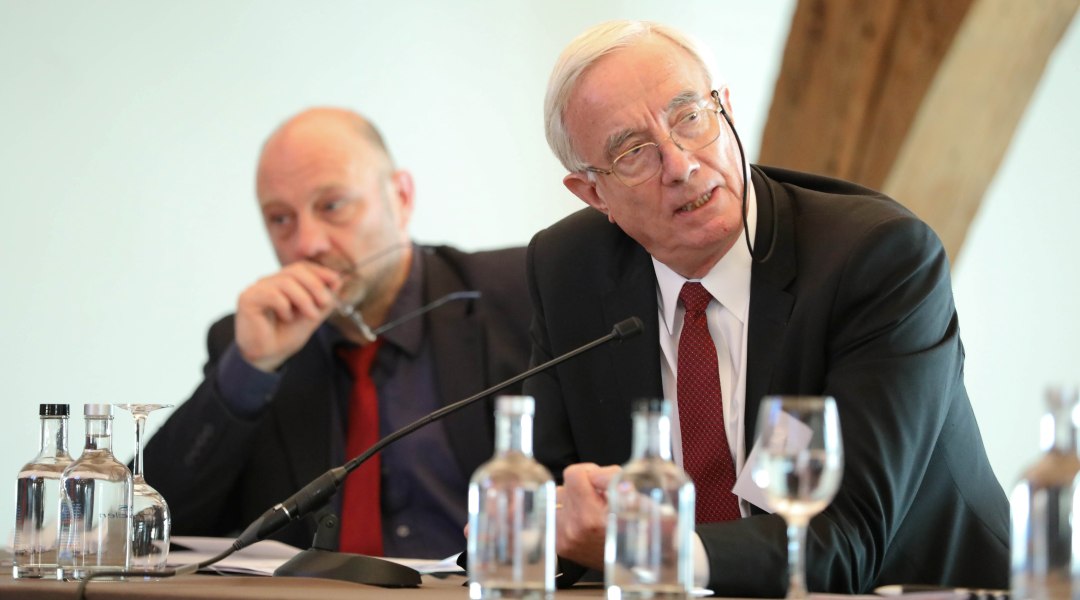
Epidemiologist Roy Anderson is Professor of Infectious Disease Epidemiology at the School of Public Health of the Faculty of Medicine, Imperial College London.
He recently published The Lancet on ‘How will country-based mitigation measures influence the course of the COVID-19 epidemic?’
Infectious Diseases: Approaches to Prediction and the Control of Pandemics
Response to Epidemics
The case of the return of the sleeping sickness (which was eradicated at the time of independence, in Kinshasa (almost 1000 cases among urban residents between 1996 and 2000), is a case in point. There is also the case of focusing urban yellow fever, a virus passed on by monkeys, in Latin-America (cf. Brazil registering 1500 cases and 241 deaths between December 2016 and March 2017).
Another factor enhancing the spread of viruses is forced migration as witnessed in the cholera epidemic in Goma in 1994, claiming 50,000 deaths in one month, when a million refugees fleeing the genocide in Rwanda moved into the Democratic Republic of Congo.
The weakness of local health systems has amplified the Ebola epidemic in Guinea through its inadequacy to respond and because of the destructive impact of the disease on general health status and access to care. But also agro-economic factors have an influence as Rob and Rodrick Wallace sustain. Agro-economic shifts appear to have had a significant impact on the forest’s epizoology. Research has identified a variety of fruit bats, as vectors of Ebola, that is attracted to oil-palm plantations, the core of agro-industry in Guinea.
Disease dynamics are connected to political history and global economy. To understand these dynamics, social anthropologists are also needed in the field. Furthermore global solidarity and international support can make a difference.
Response to Epidemics
Detecting, Responding and Preventing Epidemics in a Globalized World
Globalisation renders disease only a plane ride away, increases urbanisation and amassment of poor people in the periphery, with limited access to health care. 60 million (of which 15 million in Africa) are globally and regionally displaced people forming pockets of disease.
It is no coincidence that the three countries where polio is still endemic (Nigeria, Afghanistan and Pakistan) are areas of insecurity and violence. A combination of decades of civil unrest, a weak public health infrastructure and fragmented border control has played a role in the Ebola crisis in Guinea, Liberia and Sierra Leone (2014-2016).
Throughout the 21st century pandemics are estimated to have cost 6 trillion dollars with an annual expected loss of 60 billion dollars from potential pandemics, while the annual cost per person for protection against current global threats amounts to a mere 0.65 dollar (cf. The Neglected Dimension of Global Security. GHFR Commission 2016).
Epidemics are the world’s problem and the international community is also responsible when national capacities fall short. Global action must work through national systems. To counter epidemics of this scale (detect the emerging threat, act promptly and prevent spreading where possible) demands a strong domestic public health structure. The World Health Organisation, through its International Health Regulations, hoped to meet the target of developing core capacities by 2012, but only 33% of the envisaged countries did and the deadline was extended.
The WHO’s Global Health Security Agenda (GHSA) of 2014, to which 50 countries have committed to assist 76 countries, is a good road map to improve global response to disease outbreaks. It englobes the “… activities required, both proactive and reactive, to minimize vulnerability to acute public health events that endanger the collective health of populations living across geographical regions and international boundaries” (World Health Assembly Report, 2007).
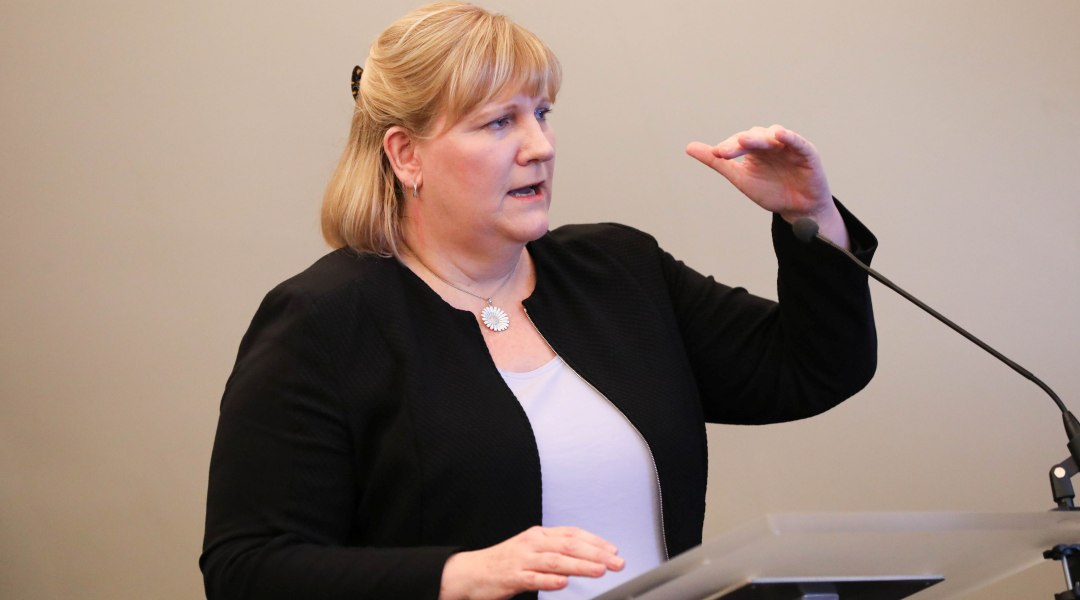
Detecting, Responding and Preventing Epidemics in a Globalized World
Building Trust, Managing Risk and rumours: The case of epidemics
Public health solutions rely on trust. The decline of deference for medical expertise and vaccination campaigns forms a danger to public health. Fear and emotion are neglected dimensions of health. It demands an understanding of social psychology and socio-political context for which other experts, such as sociologists and anthropologists are needed.
Rumours have health impacts (cf. boycott of polio vaccination in northern Nigeria in 2003-4 out of fear of presumed effect of sterilization, Catholic bishops’ protest against vaccination in Kenya in 2014 out of dissatisfaction that they were not appealed to for support). Rumours are also an indicator of emerging disease (they emerge when there is a lack of information). They need to be taken into account when rolling out health interventions.
We need to accept the public as a legitimate partner and develop tools to measure vaccine confidence. That is why the London School of Hygiene and Tropical Medicine has developed the Vaccine Confidence Project to monitor public confidence in immunisation programmes by building an information surveillance system for early detection of public concerns around vaccines; by determining the risk level of public concerns in terms of their potential to disrupt vaccine programmes; and to provide analysis and guidance for early response and engagement with the public to ensure sustained confidence in vaccines and immunisation.
In 2019 Heidi Larson received an honorary degree at the University of Antwerp on the recommendation of Pierre Van Damme.
She is co-author of the recent article ‘The pandemic of social media panic travels faster than the COVID-19 outbreak’.
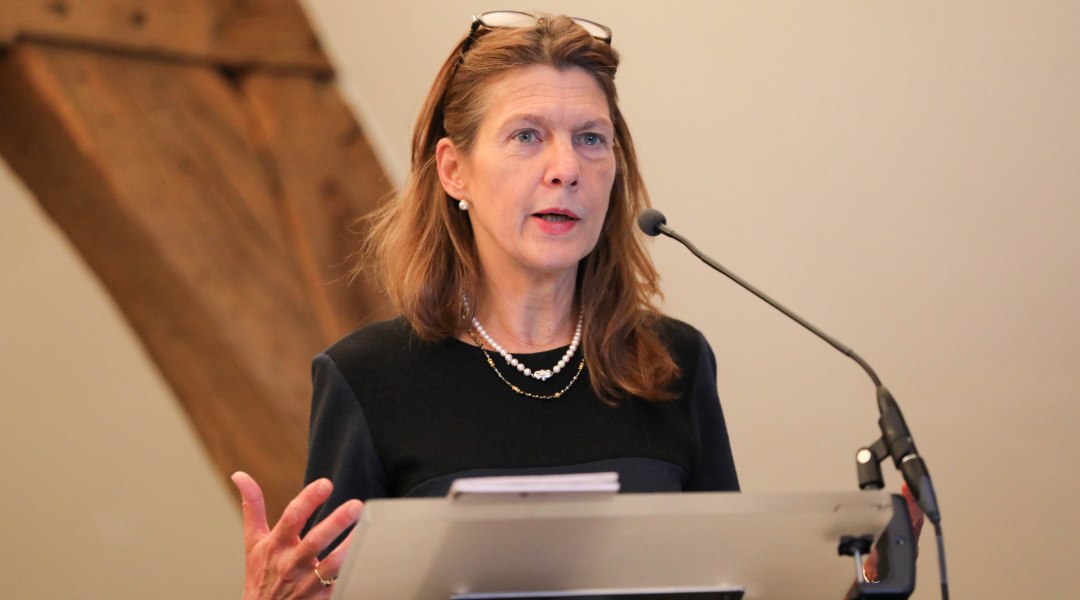
Building Trust, Managing Risk and Rumours: The Case of Epidemics
Furthering the research agenda for world health
The experience of the Ebola case in ’14-‘16, when the cost of the response was over 3.6 billion dollars and help came too late, and the experience of the SARS epidemics of ’02-’03 when multinational, collaborative and coordinated surveillance, research and containment measures greatly limited the spread, inform the EU research agenda. It aims at improving prevention and early detection and promoting a ‘One Health’ approach. This is to be obtained through the development of countermeasures against prioritized (unexpected and unknown) pathogens, the triggering of a swift and comprehensive research response in case of an outbreak, and the encouragement of global collaboration.
The main instruments to achieve these goals are collaborative research funds for health and bio-economy (as well as some funds within the budget lines Society and Security); the Innovative Medicines Initiative (IMI2) for public-private partnership between the European Commission and the pharmaindustry, providing loans to innovative players in the development of vaccines, drugs, medical devices and research infrastructure for combatting infectious diseases; and the European and Developing Countries Clinical Trials Partnership (EDCTP2), a partnership between 14 European and 14 African countries, focusing on HIV/AIDS, TBC, malaria and emerging infectious diseases in Africa, including Ebola. The European Commission has initiated the GloPID-R (Global Research Collaboration for Infectious Diseases Preparedness) network of 25 research funders worldwide with active engagement in developing countries and participates in the Coalition for Epidemic Preparedness Innovations (CEPI).
Still there is too little funding for broader health system research and it is up to the academic community to convince public and policy so that the European Commission can argue the case for funds allocation to this end.
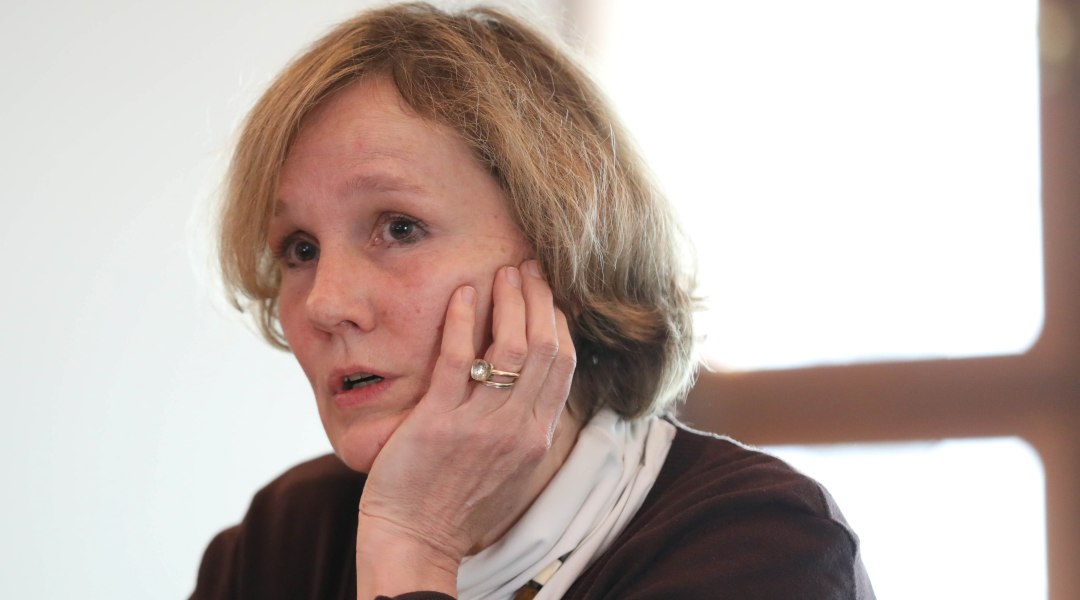
Furthering the research agenda for world health
Conclusion
In a globalized world, epidemics will spread faster and urbanization will be a key element in this. With urbanization, access to care becomes a priority, as well as the strengthening of health care infrastructure, which takes years to build up.
With one in 30 persons being displaced, the question arises whether our world is ready for globalization?
Lessons have been learned from Ebola: countries need to act locally by strengthening the local health care infrastructure to make the difference: response time needs to be quicker (the sooner you act, the better; readiness and availability of tools such as diagnostics, vaccines, technologies, …). Innovation can help achieve the goals: newer technologies, easy to apply to a broad population, cheaper, offering early diagnostic information, …
But all this is not a sufficient guarantee; there are many community features that need to be taken into consideration (attitude, history, habits, ..).
How to build trust? This is linked to the political context. “If we don’t have the trust of the public we don’t have the health of the public.” Trust relates to expectations regarding other people’s action and intentions.
Lack of trust can easily offer the ideal ground for panic, rumours, … which spread easily like an epidemic. The confidence crisis needs to be addressed, not only at the level of the public, but also of the health care workers.
Rumours can be a signal as well, of a panic, of a story, of an outbreak …. This can help prepare (rumour as an indicator!)
Best practices in communication have been defined: be honest and transparent, accept uncertainties, communicate with respect and dignity, …
The importance of social sciences in the success of conducting trials was also underlined (cf. lessons learned from Ebola vaccine trials in Africa). Response should be inclusive – bringing in a broader team to respond with a more holistic approach.


UCSIA
Koningstraat 2
B-2000 Antwerpen
info@ucsia.be
Tel. +32 (0)3 265 49 60
Voorlopige locatie tijdens de renovatiewerken:
Blindestraat 14, 2000 Antwerpen

